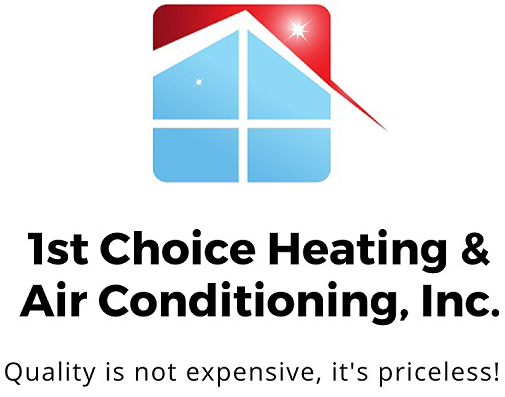
A furnace is almost always a background player in your home, ensuring you're warm during the cold winter months. It regularly won't be noticed until something goes wrong.
One root cause may be that your furnace has a cracked heat exchanger. It’s a potentially dangerous issue, so it’s worthwhile to know the evidence of a cracked heat exchanger and what you should do if you suspect that might be the problem.
What Is a Heat Exchanger in a Furnace?
A heat exchanger helps transition heat from the combustion chamber of your furnace to the air that circulates throughout the system. It usually does this via coils or tubes that heat the air while functioning as a barrier to keep gas produced in the combustion chamber, called flue gasses, from escaping out into your home.
Is a Cracked Heat Exchanger Dangerous?
Given its central role, it shouldn't come as a surprise that a broken heat exchanger can pose a risk. A damaged heat exchanger can allow dangerous gasses – including carbon monoxide, which can be lethal – to circulate throughout your home.
For obvious reasons, never turn on your heater if you suspect there's a crack in the heat exchanger, as this could make the whole family ill. Reach out to an HVAC professional right away if you think your heater has a cracked heat exchanger that needs repair.
Four Signs of a Cracked Heat Exchanger:
- Furnace switches off: A crack in your heat exchanger can cause your furnace to shut off.
- Odd Smells: If the air coming out of your furnace has a strong chemical scent, it could be evidence gas is leaking through cracks in your heat exchanger. These byproducts, which can smell like formaldehyde, are a significant warning sign.
- Carbon monoxide alarm goes off or you feel poisoning symptoms: If a cracked heat exchanger is emitting carbon monoxide into your home, your carbon monoxide alarm could go off or household members could experience signs of carbon monoxide poisoning. Symptoms include headaches, dizziness, weakness, nausea, vomiting or feeling drowsy. If the alarm goes off or you feel unusually tired, get out of the home immediately and then call for help.
- Soot: If you spot black sooty buildup near the exterior of your furnace, it’s more evidence something might be seriously wrong.
What You Should Do if the Furnace Heat Exchanger is Cracked
If you suspect your furnace has a cracked heat exchanger, call a pro well versed in furnace installation Mission Viejo right away so they can inspect your system and, if needed, handle a furnace heat exchanger replacement. Costs will differ depending on the situation, but estimates run in the neighborhood of $1,000 to $3,000.
However, the good news is that heat exchangers are regularly protected by the warranty. You should confirm the warranty paperwork on your furnace, as while the warranty might not cover the entire cost of repairs, it still may significantly lower your bill.
How to Prevent a Cracked Heat Exchanger in Your Home
One of the easiest ways to avoid problems in your furnace overall is with consistent furnace maintenance. Furnaces offer the most benefits when they run efficiently. Contacting a trained professional to examine your furnace for old parts, clogs in the air filters and other potential problems can help you avoid getting a big bill later on.
It’s also helpful to review your furnace filters every few months – it’s ideal some filters be swapped out every 90 days or sooner if they are dirty or grimy. While the filters aren't a part of the heat exchanger itself, the strain of pulling air through a clogged filter makes your entire furnace work longer to accomplish its job. And the harder your furnace works, the more strain parts like the heat exchanger will endure.
